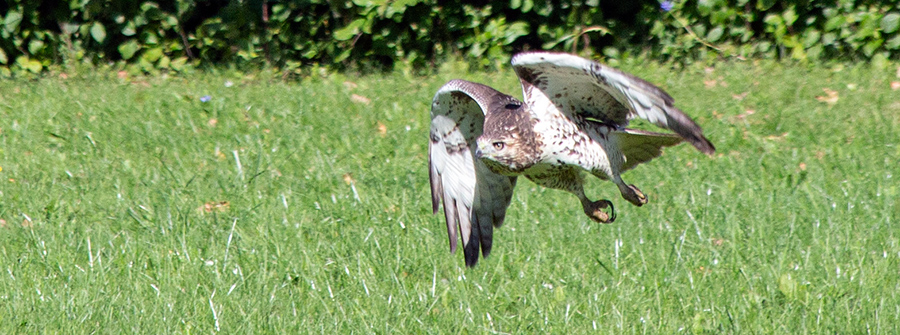
Wauwatosa Plan Commission votes unanimously to rezone Sanctuary Woods as Conservancy
October 9, 2019 | Topics: Issues, Spotlight
Story and photos by Eddee Daniel
After years of effort, those trying to preserve Sanctuary Woods think there might be light at the end of the tunnel. On Monday evening, Oct. 7, the Plan Commission met in a small committee room at Wauwatosa City Hall. The agenda made the two decisions at issue sound purely bureaucratic. One was a “request…for a Land Division…at approximately 9200 Watertown Plank Road.” That was followed by a “request…for a Zoning Map Amendment from…(SP-MED) to…(SP-CON)…” at the same location. The unanimous vote to approve was met with little fanfare except for a smattering of applause from the small group of citizens in the crowded chamber.

But make no mistake, that smattering of applause represents the hope and gratitude of hundreds, if not thousands, in our community who have fought long and hard to see this day. The bureaucratic decisions boil down to a recommendation of Conservation Zoning for essentially all of what has become popularly known as Sanctuary Woods. As Jonathan Piel, a local historian and creator of an online interactive map of Sanctuary Woods, put it in a letter to the Commission: “The Wauwatosa community is more ready than ever to embrace your support of rezoning this space conservancy and expanding County Grounds Park.”
The actual rezoning requires a decision by the full Common Council. That process will include several next steps. There will be a public hearing on the matter on Nov. 19. That will be followed by a Community Affairs Committee meeting and then the full Common Council must make a final determination. (Check City of Wauwatosa meeting calendar for dates.)
Barb Agnew, leader of the Friends of the Monarch Trail and indefatigable defender of preserving green space on the County Grounds, urges the public to express their gratitude to the Commission and Council and also to stay engaged right through this process. Rezoning, though essential, is just one aspect of preservation—and a two-dimensional one at that. Once the protected land is clearly defined then there may be increased pressure on owners of adjacent properties to maximize development. This could mean, among other things, high-rise construction that is incompatible with wildlife preservation.
True preservation doesn’t just protect land; it protects wildlife as well. This must include concerns related to surrounding parcels, such as building heights, materials, lighting, use of glass and stormwater management. Sanctuary Woods is enmeshed in the Life Sciences District Master Plan, which will need to address all of these concerns for parcels adjacent to the woods if there is to be true preservation, as well as to maintain the best overall experience for visitors enjoying the peaceful setting.

On Monday, before the Plan Commission met, I walked in Sanctuary Woods. Call it an omen, if you’re so inclined: As I reached the famous ravine a red-tailed hawk swooped in through the trees and landed not thirty feet away. This has never occurred before, in all the years I’ve visited the woods. When it flew off I wandered on. Later the hawk appeared again in the meadow behind Ronald McDonald House. I watched as it danced around and pounced on something invisible in the grass. Then it rose magnificently and soared over the forest and on deeper into the County Grounds.
For a concise history of recent efforts to preserve Sanctuary Woods you can read “How Sanctuary Woods was saved. Almost” by Charles Mitchell, published in Urban Milwaukee Feb. 8, 2019.
To learn much more about Sanctuary Woods, including its historical significance, go to Jonathan Piel’s interactive map.
Eddee Daniel is a board member of Preserve Our Parks. All three of the photos that accompany this story were taken in Sanctuary Woods on Oct. 7, the day of the Plan Commission meeting.

